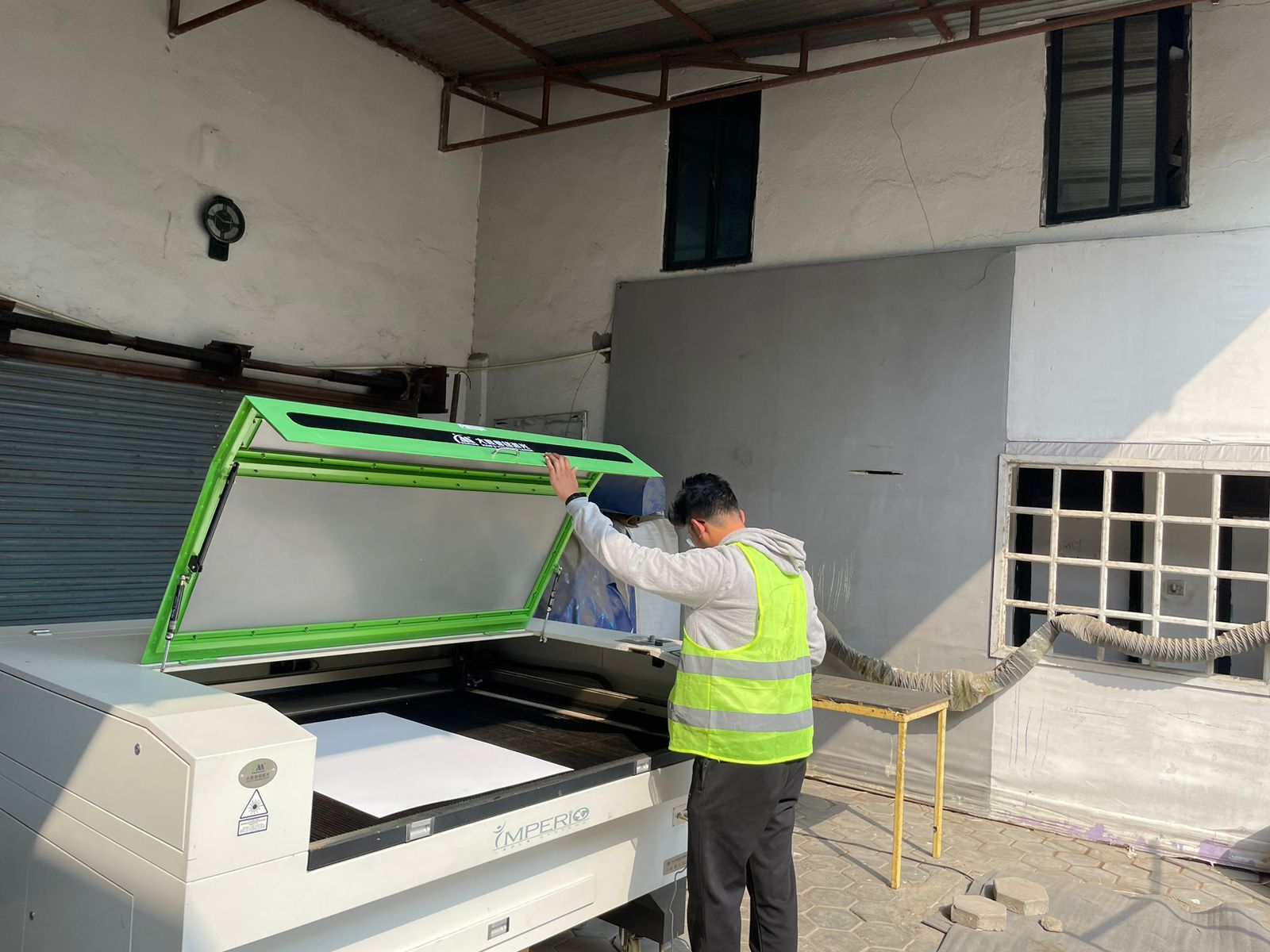
Into the big brains of Karkhana: How it’s made?
- Posted by Shreyup Bhandari
- Categories Blog
- Date March 7, 2024
- Comments 0 comment
Imagine this: It is a chilly day and you’re craving a plate of momo. You visit your favorite momo shop and place an order. As you plan on leaving the place shortly after, you encounter a scene: where a group of people are tirelessly working to wrap the momos you ordered a few minutes ago. Then you start to think, why don’t these people get enough credit? One such group of people whom we, at Karkhana, refer to as the “big brains” are the people of the DPK community.
DPK stands for Design of Product and Knowledge. As the name suggests, the people in DPK are the ones who invent and craft the actual content. These contents go into the Karkhana Workbook in the form of activities in the Karkhana Kits.
Invention is never easy. It comes with its hardships since you’ve got a task to cover the National Curriculum while also blending it into a fun, activity-filled outcome. What is the secret sauce? The skill of people? Think about it this way. No momo in your plate was made by a single person. But still, each momo has that unique taste, meaning we trust the process leading to an effective outcome.

Further, DPK align themselves with the TMPI model such that they think and ideate on a lesson. Right after the ideation, they go for immediate testing. This involves the usage of our laser cutters and 3D printers for the prototype. The testing continues rigorously, and improvements constantly happen to bring the activity out to the world for students to learn. The testing is based on factors of their understanding of the concept that we want them to learn.
Lastly, the key here is that this is not a linear process. Not only is the DPK involved in the testing, but all of our other communities are also equally involved, bringing their expertise for the best. This is an iterative cycle which is dynamic. The people in DPK are constantly improving features as there are always new ideas because “Growth is never static.“
You may also like
Timi Culture: Why everyone at Karkhana uses “Timi”?
The “TImi” culture at Karkhana promotes fluid hierarchy.
14th February was my first day at Karkhana.
Kritika’s first day of work at Karkhana was filled with love.
Inside the mind of a POC Co-ordinator.
Preeti shares her feeling of being a POC co-ordinator.
